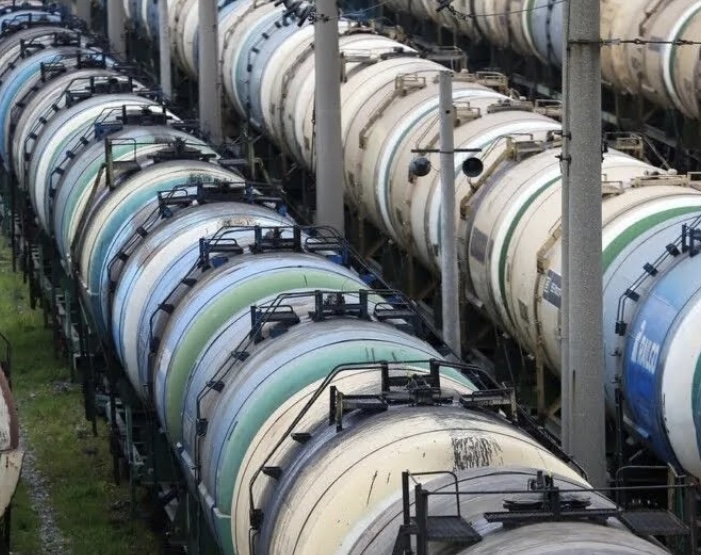KEY POINTS
- Russian fuel exports fell by 10 percent in 2024 amid sanctions.
- Drone attacks and gasoline export bans disrupted refinery operations.
- Regional shifts saw Novorossiisk exports rise while others declined.
Russian seaborne fuel exports fell by nearly 10 percent in 2024, marking one of the steepest declines in recent years. Industry insiders attribute the drop to a combination of Ukrainian drone attacks on major refineries, a domestic gasoline export ban, and mounting sanctions from Western nations.
Total fuel exports, including diesel, jet kerosene, and fuel oil, stood at 113.7 million metric tons last year, down from 2023 levels.
With refining margins weakened and disruptions from unplanned outages, Russia’s oil processing fell to 267 million metric tons in 2024, its lowest since 2012.
Drone attacks and export bans hit refineries hard
Ukraine hit several Russian refineries among which were Lukoil’s Volgograd refinery, Gazprom Neft’s Omsk refinery, and Rosneft’s Tuapse Black Sea refinery.
These attacks, together with shrinking global fuel prices and increasing interest rates, have heavily destabilized the Russian fuel supply chain.
Drone strikes on refineries in the Black Sea region led to a 33 percent drop in exports from the Tuapse port. Exports through Baltic ports like Primorsk and Ust-Luga also fell by 9 percent, while shipments via Arctic ports declined 14 percent.
According to Reuters, the Russian government’s gasoline export ban further tightened the market, forcing oil companies to shift focus to crude exports. Still, the primary focus of crude exports still predominantly relies on India, China, and Turkey.
Regional shifts in export dynamics
While fuel exports declined across most regions, the Black Sea port of Novorossiisk reported a 4 percent increase in shipments, totaling 19 million tons in 2024.
Meanwhile, exports through Arctic ports like Murmansk dropped to 1.01 million tons, a 14 percent decrease from the previous year.
Far East ports disclosed that its reduction was slightly less at 3 percent and accumulated a total of 7.97 million tons. These changes highlight new trends in transforming the geographic structure of Russian fuel exports due to changes in regional and geopolitical relations.
Nevertheless, in December 2024, there was a relative increase in exports by 10.8 percent month-on-month mainly due to exports from the Black Sea and the Baltic.



